- About us
- Support the Gallery
- Venue hire
- Publications
- Research library
- Organisation chart
- Employment
- Contact us
- Make a booking
- Onsite programs
- Online programs
- School visit information
- Learning resources
- Little Darlings
- Professional learning
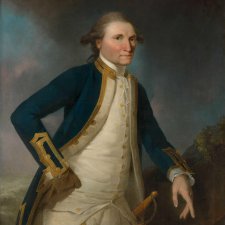
Take a close look at a portrait with a hidden message in its hands. For Year 7 – 9 students.
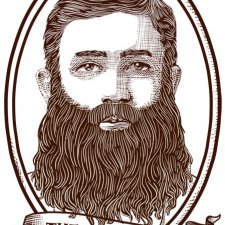
A philosopher-style of beard – thick and lengthy; a greyer, hence wiser version of the Burke; and suited to older men who saw themselves as sagacious or statesmanlike.

Changes in facial fashions from the 1780s to the present day.
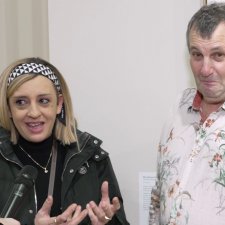
John is a very unique character so I really wanted to capture that uniqueness.
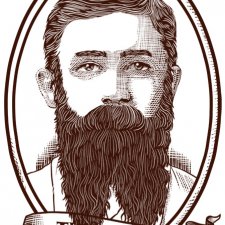
It wasn’t uncommon for the pro-beard fraternity of the mid nineteenth century to cite beards as a sign of wisdom on the grounds that Socrates and other ancient philosophers had worn them.
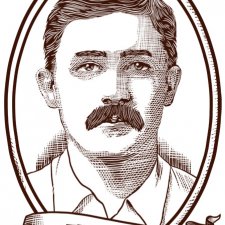
Being hirsute was the go in the 1850s, 60s and 70s; but around about the 1880s the beard began to wane.

Learn about artist John Brack, who said that portraits involve three people: the painter, the sitter and the viewer. For Year 6 – 8 students.
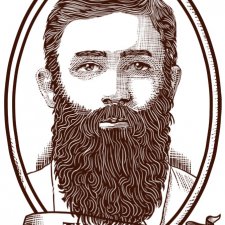
A big daddy of a beard; long; bushy; rugged, but not unkempt; typically found on the faces of explorers or bushrangers.
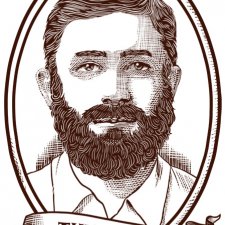
A strong, silent type of beard; bushy and manly, but also shaped and contained, a restrained version of a Burke or a Parkes.
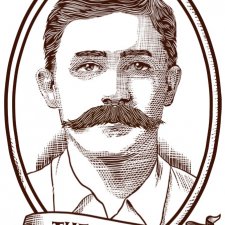
It’s curious that one of the writers most associated with the toughness of Australian bush life was himself not an exponent of the matted, rugged bushman sort of beard.
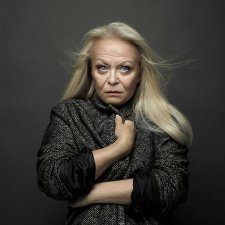
Commissioned with funds provided by Marilyn Darling AC 2018
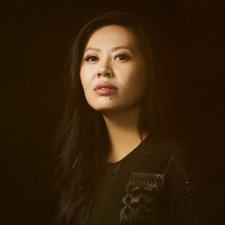
Commissioned with funds provided by the Sid and Fiona Myer Family Foundation 2018


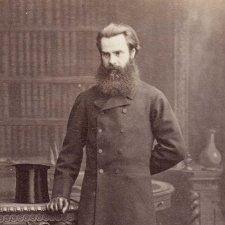
The restrained and cultivated facial hair fashions evident through the first decades of the 1800s were on the wane by the middle of the century, when hirsute faces became mainstream.
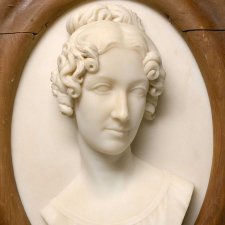
Stand by your man